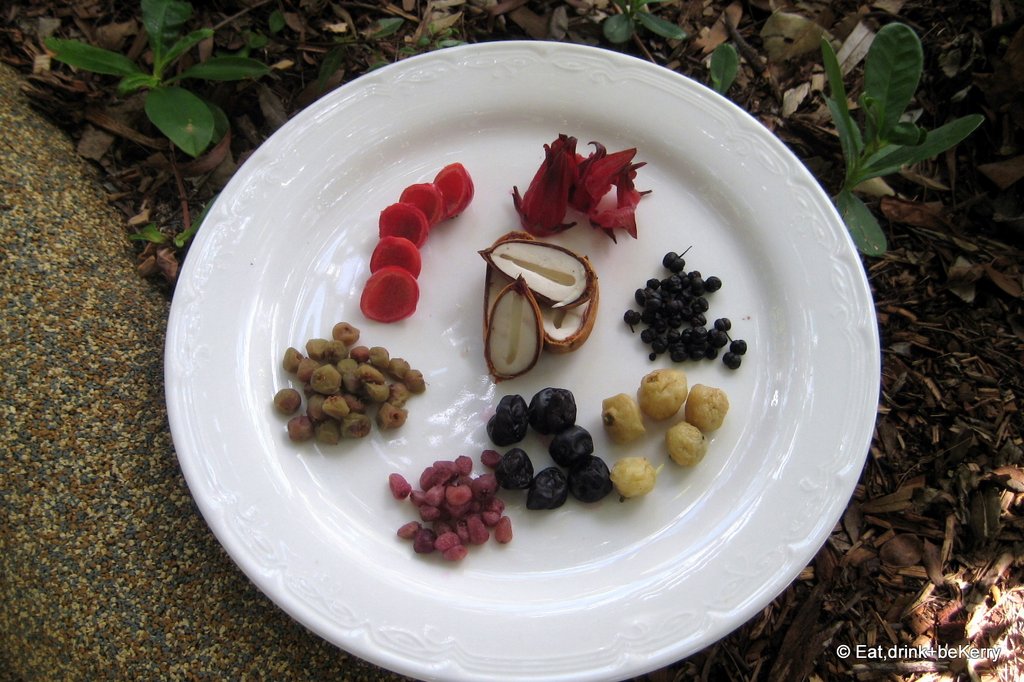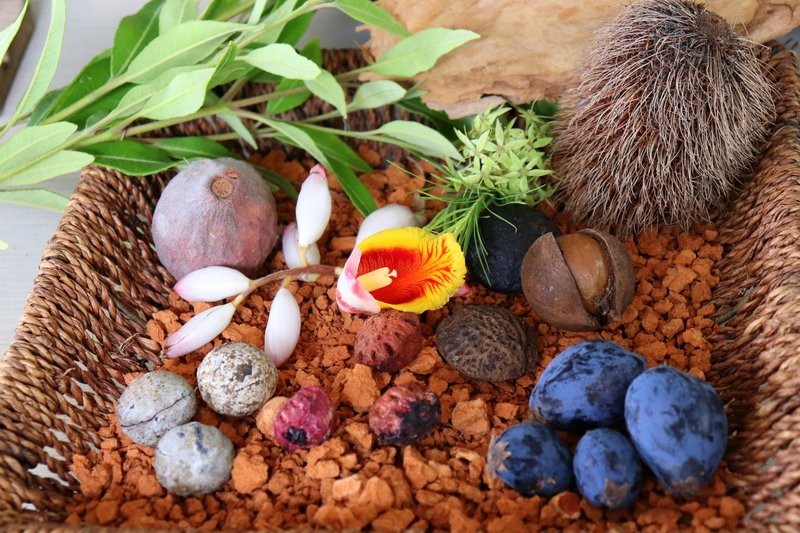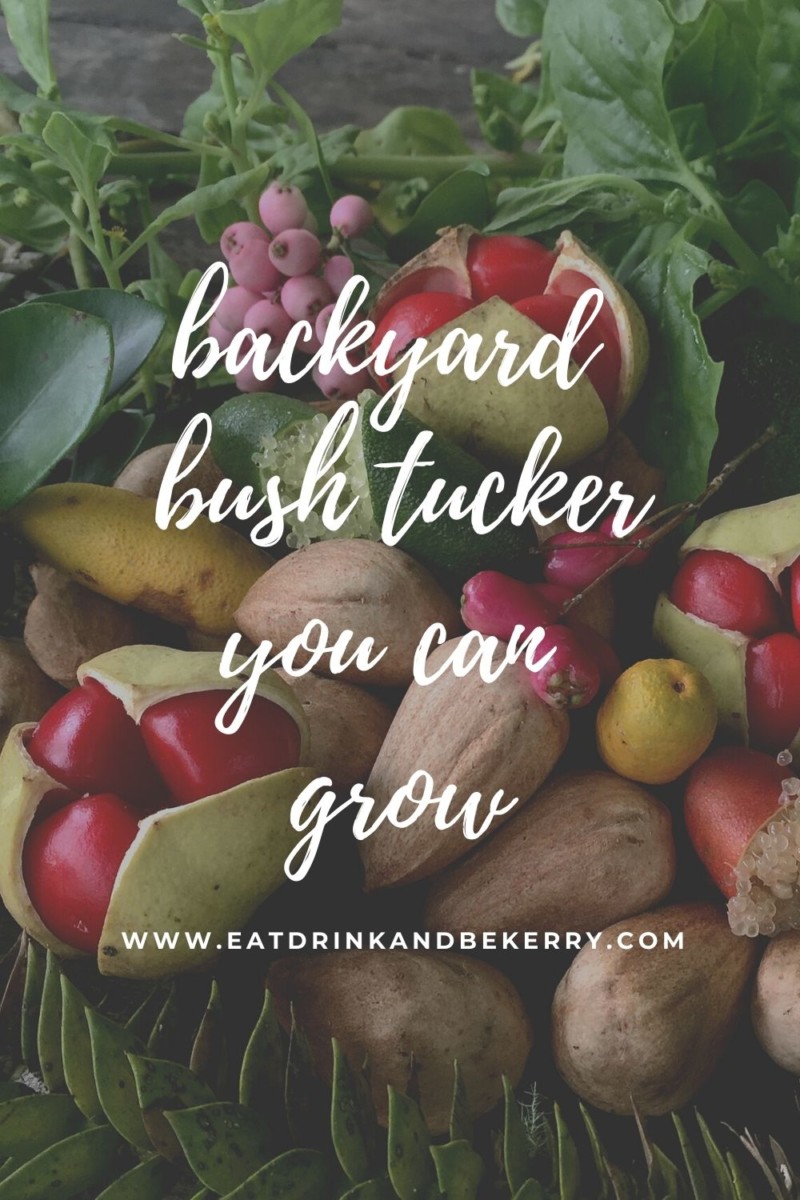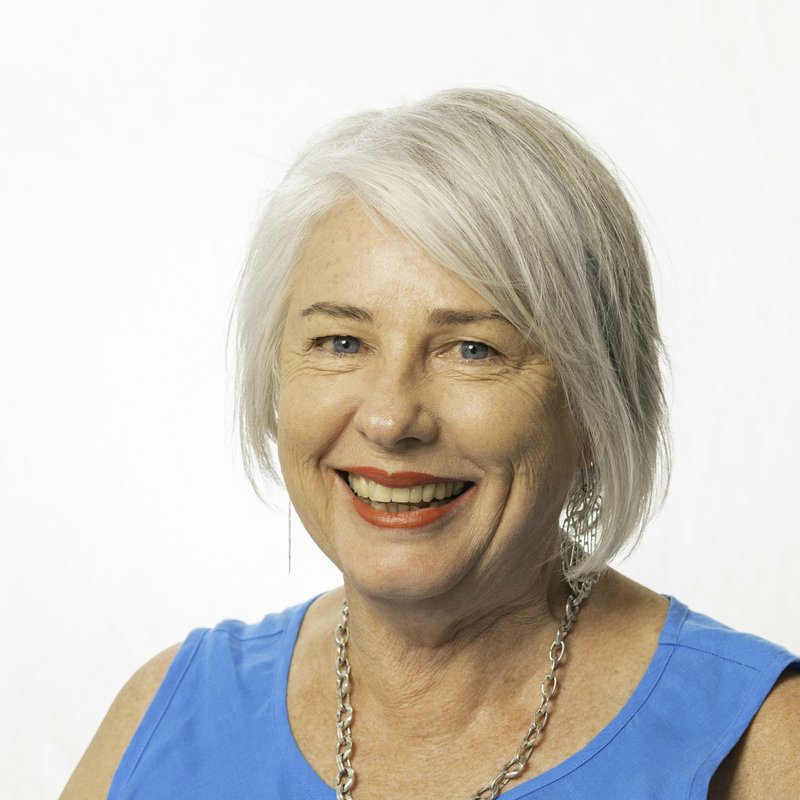Discover the secrets of cultivating your own bush tucker plants with our expert backyard bush food guide. Learn how to grow native Australian food and unlock unique flavours right from your garden!
Grow your own bush tucker
Embrace the backyard bush tucker revolution! Discover the delights of growing your own bush tucker plants, from the exotic Wattle Seed to the refreshing Lemon Myrtle and the vibrant Quandong (desert peach). It’s time to unlock these natural treasures and grow native Australian food right in your own backyard with our comprehensive backyard bush food guide!

Bush Tucker in Your Backyard
Get ready to savour the exciting world of bush tucker plants right in your own backyard! Yes, you read that right—these incredible flavours are making their way to gardens everywhere, and yours could be next. Embrace the adventure of growing native Australian food today. It’s time for daisies and begonias to make way for Finger Lime, Midyim Berries, Muntries, and Black Plum. With the help of our backyard bush food guide, you’ll be well on your way to cultivating a native edible garden.
Keep an eye out for Tucker Bush’s Samphire at your local nursery. You may have seen this on menus as sea asparagus. It’s salty, rich in vitamin A, and perfect for sautéing or blanching with lemon and olive oil. This drought-tolerant plant thrives in a sunny spot and pairs beautifully with seafood or salads, especially in summer.
I’ve also added a saltbush plant to my garden, and once it matures, I plan to use it in salads and as a flavorful companion for lamb and fish. You can even grind up the leaves as a natural, low-sodium alternative to salt.
If you already have a Lilly Pilly hedge, you’re in luck! The little red fruits can be enjoyed fresh or frozen for later. Try them in fruit salads for a tangy crunch, or transform them into jams and chutneys.
Blue Quandongs, native to southeast Queensland, bear some of the prettiest fruits around. I often spot them scattered on the ground in local parks when they’re in season. Though the fruit has a hard seed like a walnut, it’s best enjoyed fresh for its bitter, tangy flavour, which pairs wonderfully with red meat. Add them to a hearty stew or even try your hand at making pickles, though they don’t have a lot of flesh to work with.
Unlock these natural treasures and bring unique, delicious bush tucker to your table!

Photo: Kerry Heaney
Bush Food on the Menu
Finger Limes thrive in south-east Queensland and come in a variety of vibrant colours. Add them to a glass of champagne, and watch as they burst with flavour in tiny caviar-like pearls. The tangy citrus notes complement oysters, calamari, and fish perfectly. Just be cautious when picking the ripe fruit, as these bush tucker plants grow on thorny bushes! The fruit is typically the size of your thumb—depending on how big your thumb is, of course!
For something more indulgent, try Cape Byron Distillery’s Slow Gin, macerated with Davidson Plums and sugar to create a deliciously tart dessert drink. Davidson Plums are native to Australia and grow directly on the tree trunk, offering a sour bite that balances the sweetness in the gin.
I had to leave behind my thriving Lemon Myrtle tree at my previous house, but I’ve found a new source in the street plantings at North Harbour Hamilton. Lemon Myrtle, a staple in native Australian food, boasts intensely fragrant leaves that grow abundantly throughout the subtropical forests of Queensland. The leaves are incredibly versatile—use them to flavour tea, ice cream, biscuits, cakes, or dips. If you can extract the oil, it also makes for a beautifully aromatic addition to bath products and is said to have anti-fungal properties.
Making Lemon Myrtle tea is simple. Pick a few fresh leaves and steep them in a mug of boiling water until the water turns brown. Add a teaspoon of honey if you like it sweet. To retain the essential oils, cover the mug while the leaves steep, ensuring none of that natural goodness evaporates.
Another plant you might already have in your garden is the paperback tree. Its signature papery bark sheds annually and can be repurposed in your kitchen. Soak the bark and use it to wrap chicken, fish, or vegetables before tying it with string. If you’re cooking over an open fire, wrap the parcel in foil for a deliciously smoky flavour. It’s an easy way to elevate your meals while embracing bush tucker plants in your cooking.
With these backyard bush food guide tips, you can transform your garden into a culinary paradise. Happy planting!

Blue quandongs. Photo: Kerry Heaney
Where to Find Bush Tucker Plants
If you’re keen to dive deeper into the world of bush tucker plants and learn how to grow native Australian food in your own backyard, a visit to Tropical Fruit World is a must. Located in the lush Tweed Valley, Northern New South Wales, this unique destination boasts over 500 species of fruit from around the globe, including an extensive collection of bush tucker plants. Their expert guides can show you how to cultivate these native treasures and incorporate them into your home garden.
For even more information, explore Tucker Bush, a fantastic resource for discovering bush tucker varieties and tips on integrating them into your backyard. They offer a wide selection of native plants and advice for growing your own bush tucker at home.
Looking to transform your garden into a thriving native food haven? Check out our backyard bush food guide for everything you need to know about creating your very own edible landscape filled with Australian native plants.
Try this recipe for Sausage Rolls with Australian Bushfood Flavours.


Nice to e-meet you Aimee. Bush foods add such great flavour to our food. I love using them in my cooking.
Great post Kerry! I’m another local foodie very passionate about using and promoting bushfoods. Aimee 🙂